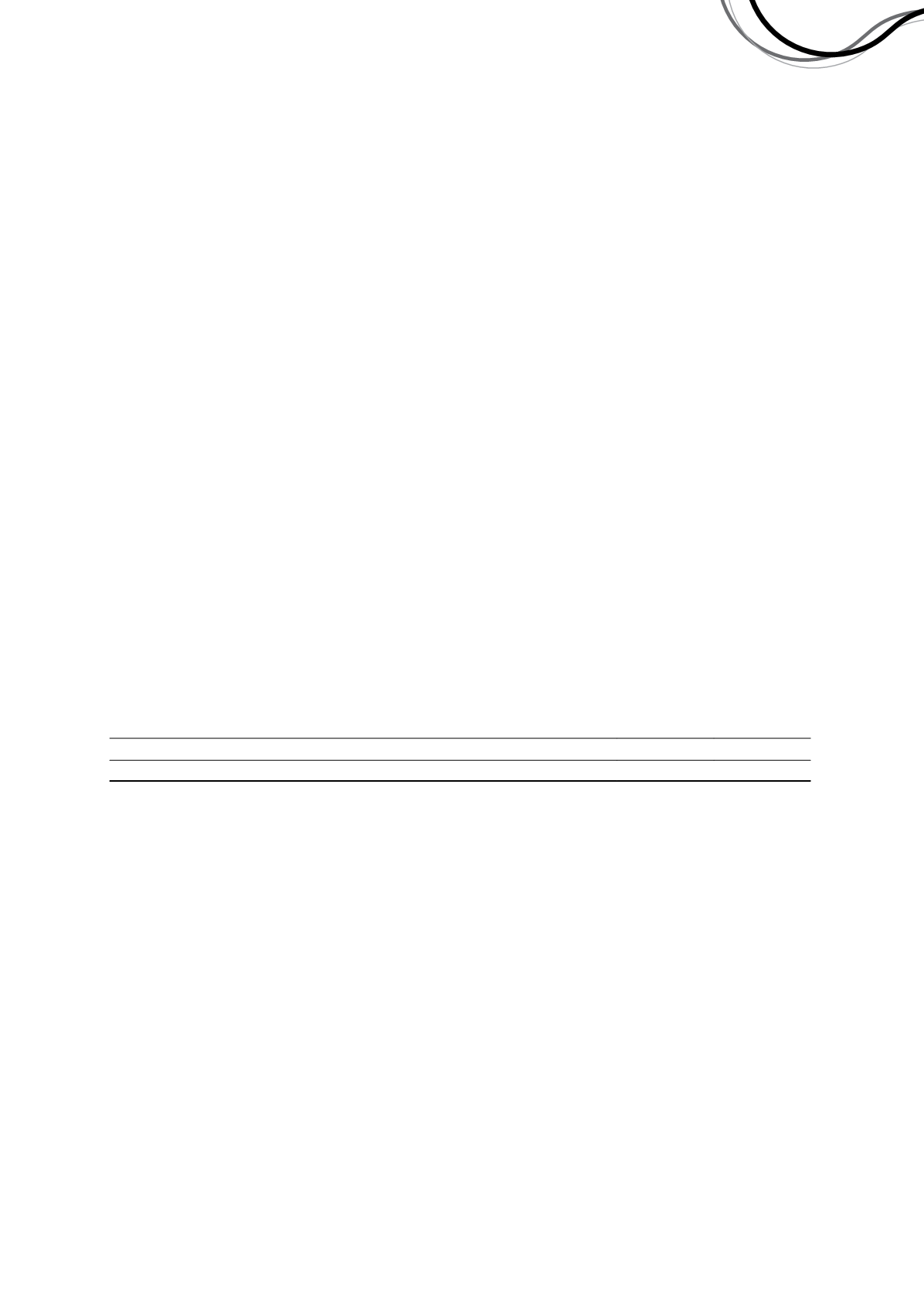

NOTES TO THE CONSOLIDATED FINANCIAL STATEMENTS
FOR THE YEAR ENDED 30 JUNE 2016
Annual Report 2016 79
Notes to the consolidated financial statements
30 June 2016
(continued)
9 Inventories (continued)
(a) Classification of inventory
Inventory classified as non-current relates to 0.6g/t to 1.2g/t grade gold ore stockpiles which are not intended to be
utilised within the next 12 months but will be utilised beyond that period.
(b) Recognition and measurement
(i)
Ore, concentrate and gold inventories
Inventories, comprising copper and zinc in concentrate, gold dore, gold in circuit and ore stockpiles, are valued at the
lower of weighted average cost and net realisable value. Costs include fixed direct costs, variable direct costs and an
appropriate portion of fixed overhead costs. A portion of the related depreciation, depletion and amortisation charge is
included in the cost of inventory.
(ii)
Stores and fuel
Inventories of consumable supplies and spare parts are valued at the lower of cost and net realisable value. Cost is
assigned on a weighted average basis. Net realisable value is the estimated selling price in the ordinary course of
business less estimated costs of completion, and the estimated costs necessary to make the sale.
The recoverable amount of surplus items is assessed regularly on an ongoing basis and written down to its net
realisable value when an impairment indicator is present.
(c) Key estimates and judgements
The Group reviews the carrying value of inventories regularly to ensure that their cost does not exceed net realisable
value. In determining net realisable value various factors are taken into account, including estimated future sales price
of the product based on prevailing spot metals prices at the reporting date, less estimated costs to complete production
and bring the product to sale.
Stockpiles are measured by estimating the number of tonnes added and removed from the stockpile, the amount of
contained metal based on assay data, and the estimated recovery percentage based on the expected processing
method.
10 Financial assets at fair value through profit or loss
2016
$'000
2015
$'000
Shares in Australian listed and unlisted companies - at fair value through profit or loss
5,017
15,574
5,017
15,574
(a) Amounts recognised in profit or loss
During the current year, the changes in fair values of financial assets resulted in a gain to the profit or loss of
$2,374,000 (2015: $1,467,000). Changes in fair values of financial assets at fair value through profit or loss are
recorded in fair value of financial investments in the profit or loss.
(b) Recognition and measurement
The Group classifies financial assets at fair value through profit or loss if they are acquired principally for the purpose of
selling in the short term, ie are held for trading. They are presented as current assets if they are expected to be sold
within 12 months after the end of the reporting period; otherwise they are presented as non-current assets.
Independence Group NL
51


















